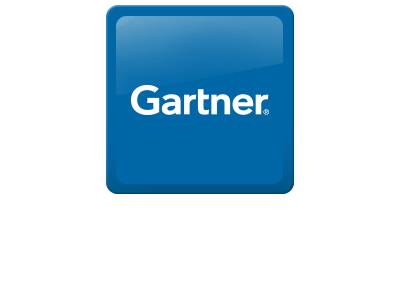Gartner study highlights ways for brands to defend their turf on search
Search remains a key channel across the digital funnel, from raising awareness to driving conversions, but many brands have failed to keep pace with its rapid evolution. Best-in-class brands actively manage their investments across an ever-expanding search ad landscape while effectively managing their digital presence – including on Google’s self-managed knowledge panel and business listings.
The inaugural Gartner L2 Intelligence Report: Search 2019 evaluates the SEO and SEM performance of 771 brands with the focus on search visibility, white space assets (For example, knowledge panels, Google Maps store profiles) and ad extension tactics.
As search continues bifurcating into top-of-funnel activity on Google and product specific-searches on retailer platforms such as Amazon, brands must prioritise search investments across all channels. To both navigate the hyper-competitive search landscape and strike the right balance between paid versus organic, brands must pull select levers, increasing overall visibility against relevant queries while also boosting relevancy in conversation.
Leading brands diversify their search strategies by maintaining robust site hygiene, relaying well-structured data to Google and leveraging features that support popular ad formats. There is room for improvement – only 8 per cent of brands take advantage of Google’s Shopping ad and text ad extensions, which can display additional information that aids click-through. Some brands have discovered pockets of opportunities less concentrated with competitors, adjusting their keywords to take advantage of factors such as seasonality, sales, fashion and behavioural trends.
Rise of Mobile Search
Consumers’ attachment to mobile devices is reflected in mobile search’s meteoric rise. Relative to desktop, smaller screens have prompted a paradigm shift in the interplay between SEO and SEM for businesses. To monetise the sift to mobile, Google continues to experiment with different ad formats at the expense of organic results, given that paid results dominate above-the-fold real estate on mobile. Brands, therefore, cannot rely solely on relevancy and other SEO best practices to insulate themselves from competitive bidding and placement opportunities.
A steady investment into paid search continues (18% YOY increase in Q4 of 2018) as click growth accelerated more than cost-per-click (CPC), which indicates how marketers deploy effective search strategies as high relevancy ties into decreasing CPC. To avoid escalating CPC and bolster search visibility, brands must periodically refine search strategies, to both support high priority objectives and scope out white space opportunities where retailers do not already hold major stakes – including terms related to broader consumer trends, education and product launches.
To capitalise on keyword opportunities, brands can derive site content categorisation based on queries of interest, as well as diversify their investments in ad formats and features. Shopping ads – which comprise a majority of desktop and mobile paid search inventory – see higher conversion rates, while text ads can be impactful for brands concerned with awareness and reach. For brands with well-established relationships with retail partners regarding search, maintaining distinguished keyword focuses and understanding where retailers offer existing support are critical factors.
Text ads – a viable alternative
Google Shopping Ads and text ads offering differing strengths and weaknesses, but clear variances exist in terms of how brands in various sectors invest. Brands and retailers lean more on Google Shopping Ads to bolster search visibility, as they offer better click-through rates, given the ads’ prime real estate.
In Q4 of 2018, Google Shopping Ad investment grew by 42 per cent – the highest growth rate since mid-2016, while text ad investment has seen a steady decline, dropping by 9 per cent. However, text ads are still a variable alternative for brands facing intense retailer competition, especially considering the more expensive format of Shopping Ads, and that text ads offer more variation to marketers trying to target a wider audience.
For brands with limited search budgets, it is crucial to remain cognizant of terms less cluttered with competition and diversify ad formats to defend turf.














Share
Facebook
YouTube
Tweet
Twitter
LinkedIn